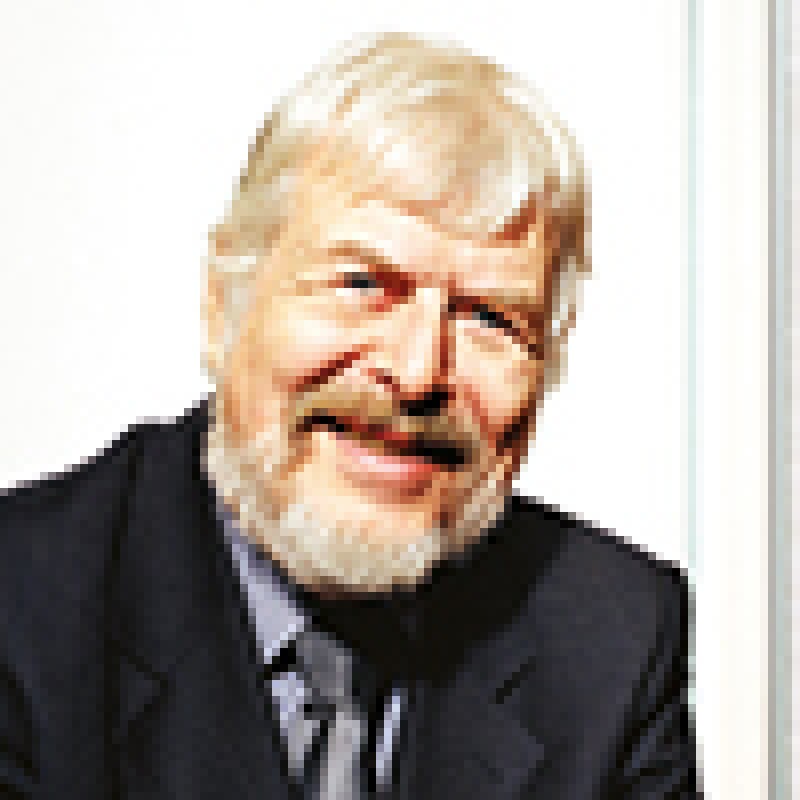International trade mark number 1109244 (filed as a shape mark on the basis of a German registration with proven secondary meaning) was filed in class 30 for "chocolate goods also with fillings" and shows a piece of chocolate in the form of a pyramidal stump having on the top surface impressed a stylised star. The protection for that mark was rejected by the Patent Office and the Appellate Court. So its owner restricted the list of goods by inserting after "goods" the words "in tabular arrangement" and at the end "except pralines". It was found that that shape mark is neither inherently distinctive nor that acquired distinctiveness is proven, although it is marketed in Austria under the trade mark Schogetten packaged as a bar.
The examination of registrability has to be performed for the specific goods considering usual shapes in that trade. The owner of the registration argued that no comparable chocolate bar existed on the market and hence the requested protection is not for a usual form. The Appellate Court answered that a chocolate bar in whatever form is not part of the depicted mark but only a separated piece of it. The restriction of the list of goods only limits the scope of protection. But the distinctiveness has to be judged according to the shown single piece of chocolate. The further limitation "except pralines" has no significance.
The depicted chocolate piece does not have an essential different form in relation to usual filled chocolate pieces even when marketed only arranged as a chocolate bar. A simple difference to the norm does not suffice for the protection of a 3D mark – the difference must be (highly) significant. Here there are no additional features that could be seen as specific and original in order to enable customers to identify that product alone on the basis of its form as originating from a specific enterprise. Since in the field of chocolates a wide variety of forms exist, high requirements for originality have to be demanded.
Also the stylised star on the top plain of the pyramidal stump is ordinary and simple. In view of the great variety of different embossings and notches in chocolate pieces, it does not convey to the shown chocolate piece any peculiar characteristic to be remembered by customers. Thus the whole form is not characteristic enough to make that mark inherently distinctive. Accordingly it could only be protected if secondary meaning through use could be shown.
However, the first instance decision found a non-liquet – the presented documents are not suitable for showing acquired distinctiveness. The presented expert opinion shows a high recognition rate but not in sufficient manner that the consumers recognise in the form of the chocolate piece an indication of origin. The rate of assignment to a particular company was found to be under 40% and not – as required here – at least 50%. Furthermore there was no linking to the earlier date of extension of protection of the international mark to Austria which is the decisive date in this case. Also a copy of a specialised economic journal was produced which was published 15 years before the date of extension of the international mark. But this is too long before the decisive date to show secondary meaning on that date. Furthermore, that journal does not address the consumers and would hardly be read by them.
This decision shows again that 3D marks can only be registered when they show a highly noticeable difference from the usual form. Otherwise they are registrable by showing secondary meaning. However, there are high demands to prove secondary meaning. Not only high knowledge of the product is required but a very good showing that (at least for consumer articles) at least 50% of consumers would recognise in the form itself an indication of origin.
For new products (which was here not the case at the date of extension of the mark to Austria) it would be wise to first protect the 3D form by means of a design registration before marketing it. Within its long period of protection one can then invest in good marketing to bring to the consumer's mind the connection between the 3D form and the company as originator of the product. It is strange to see for an IP professional that most applicants for 3D marks do not use that way of shielding their product first by design protection for many years and profiting from an intensive use to then achieve a 3D-mark registration.

|
Helmut Sonn |
SONN & PARTNER Patentanwälte
Riemergasse 14
A-1010 Vienna, Austria
Tel: +43 1 512 84 05
Fax: +43 1 512 98 05










